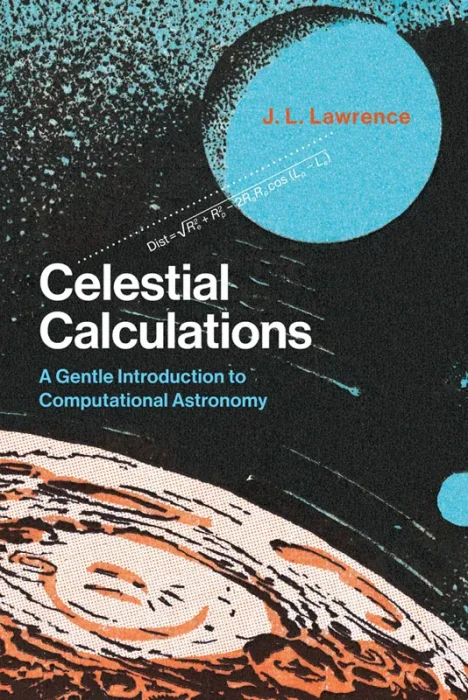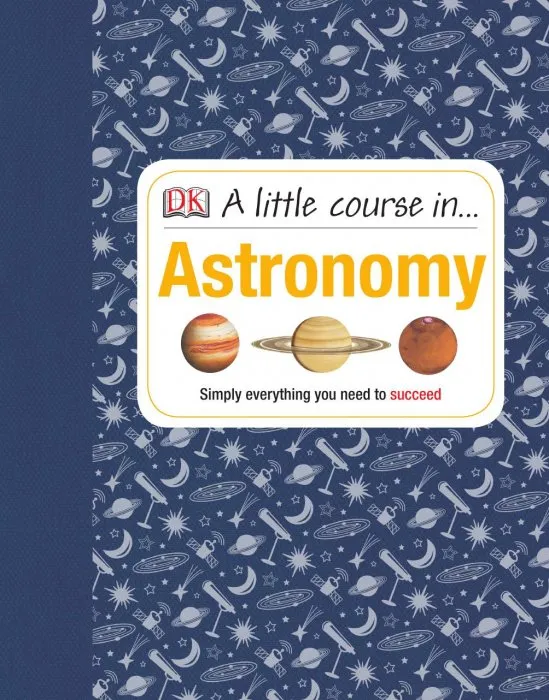Celestial Calculations: A Gentle Introduction to Computational Astronomy (The MIT Press)

Date: May 14th, 2019
ISBN: 0262536633
Language: English
Number of pages: 392 pages
Format: EPUB
Add favorites
A step-by-step guide to predicting and calculating the positions of stars, planets, the sun, the moon, and satellites using a personal computer and high school mathematics—for amateur astronomers
Our knowledge of the universe is expanding rapidly, as space probes launched decades ago begin to send information back to earth. There has never been a better time to learn about how planets, stars, and satellites move through the heavens. This book is for amateur astronomers who want to move beyond pictures of constellations in star guides and solve the mysteries of a starry night. It is a book for readers who have wondered where Saturn will appear in the night sky, when the sun will rise and set—or how long the space station will be over their location.
In Celestial Calculations, J. L. Lawrence shows readers how to find the answers to these and other astronomy questions with only a personal computer and high school math. Using an easy-to-follow step-by-step approach, Lawrence explains what calculations are required, why they are needed, and how they all fit together. Lawrence begins with basic principles: unit of measure conversions, time conversions, and coordinate systems. He combines these concepts into a computer program that can calculate the location of a star and uses the same methods for predicting the locations of the sun, moon, and planets. He then shows how to use these methods for locating the many satellites we have sent into orbit.
Finally, he describes a variety of resources and tools available to the amateur astronomer, including star charts and astronomical tables. Diagrams illustrate the major concepts, and computer programs that implement the algorithms are included. Photographs of actual celestial objects accompany the text, and interesting astronomical facts are interspersed throughout.
Our knowledge of the universe is expanding rapidly, as space probes launched decades ago begin to send information back to earth. There has never been a better time to learn about how planets, stars, and satellites move through the heavens. This book is for amateur astronomers who want to move beyond pictures of constellations in star guides and solve the mysteries of a starry night. It is a book for readers who have wondered where Saturn will appear in the night sky, when the sun will rise and set—or how long the space station will be over their location.
In Celestial Calculations, J. L. Lawrence shows readers how to find the answers to these and other astronomy questions with only a personal computer and high school math. Using an easy-to-follow step-by-step approach, Lawrence explains what calculations are required, why they are needed, and how they all fit together. Lawrence begins with basic principles: unit of measure conversions, time conversions, and coordinate systems. He combines these concepts into a computer program that can calculate the location of a star and uses the same methods for predicting the locations of the sun, moon, and planets. He then shows how to use these methods for locating the many satellites we have sent into orbit.
Finally, he describes a variety of resources and tools available to the amateur astronomer, including star charts and astronomical tables. Diagrams illustrate the major concepts, and computer programs that implement the algorithms are included. Photographs of actual celestial objects accompany the text, and interesting astronomical facts are interspersed throughout.
Download Celestial Calculations: A Gentle Introduction to Computational Astronomy (The MIT Press)
Similar books
Information
Users of Guests are not allowed to comment this publication.
Users of Guests are not allowed to comment this publication.




